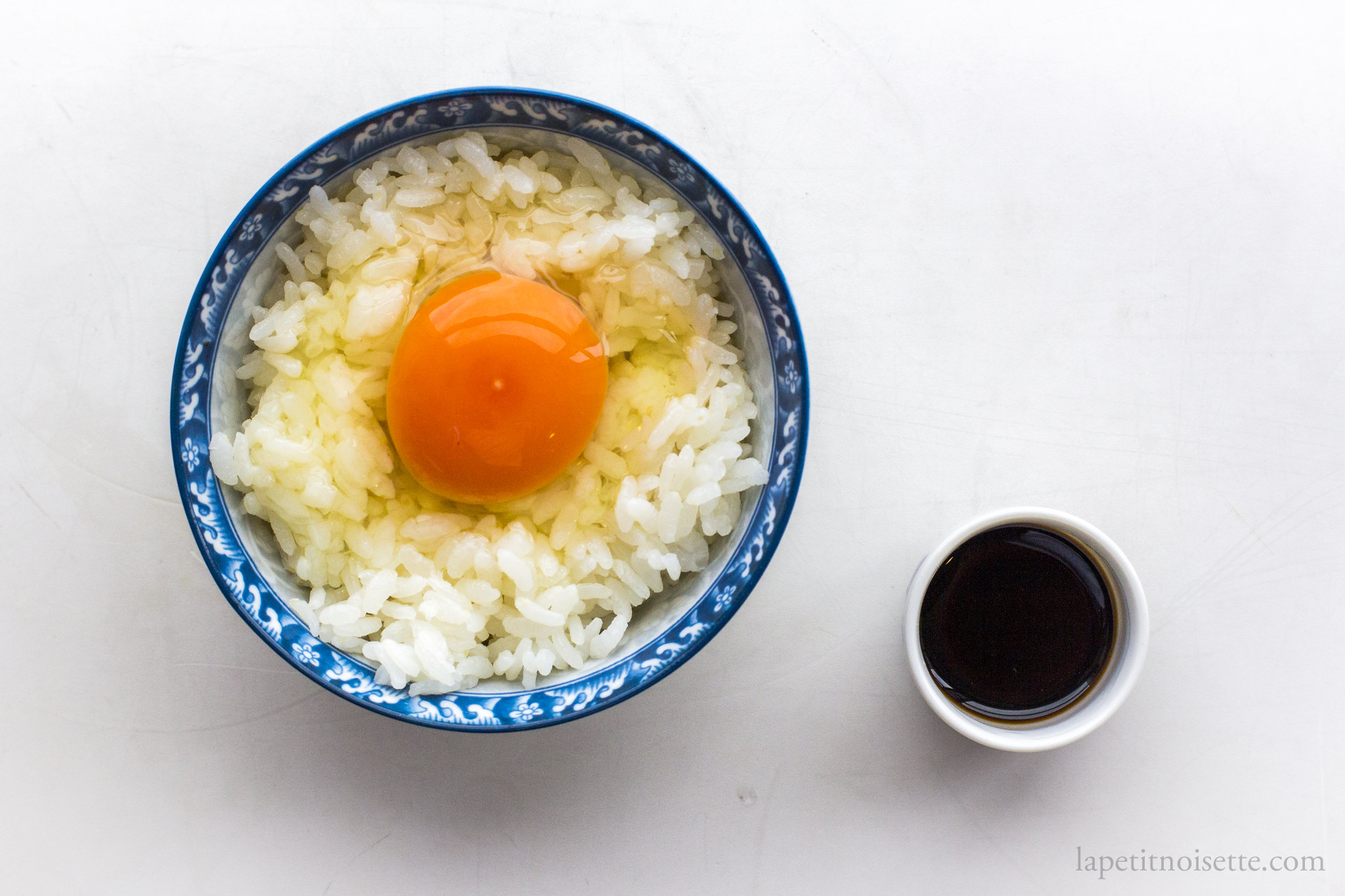
This recipe is inspired by the Tamago Kake Gohan I used to eat at Mengekijou Genei (麺劇場 玄瑛) Ramen, countless of times after a tired day of work. Whilst famous for their Tonkotsu Ramen, many people used to drop by just to have a quick snack of Tamago Kake Gohan for 150¥, served with a golden yolked egg and a small cup of seasoning at the side that you add in before mixing. The owner boasted on his menu that he sold over 200 of these everyday to hungry workers looking for a quick snack.
Tamago Kake Gohan, or raw egg over rice, is the perfect comfort food for anyone living in Japan. Typically just eaten as a quick snack, the raw egg is seasoned with a little soy sauce and then mixed into the steaming hot rice using your chopsticks until frothy and creamy, before being sprinkled with a little rice seasoning.
The dish has the sort of gooey and slimy texture (e.g. gelatinous mouthfeel) sought after in many Asian cultures that otherwise isn’t appreciated here in the West, which can be found in dishes such as natto and fish lips.
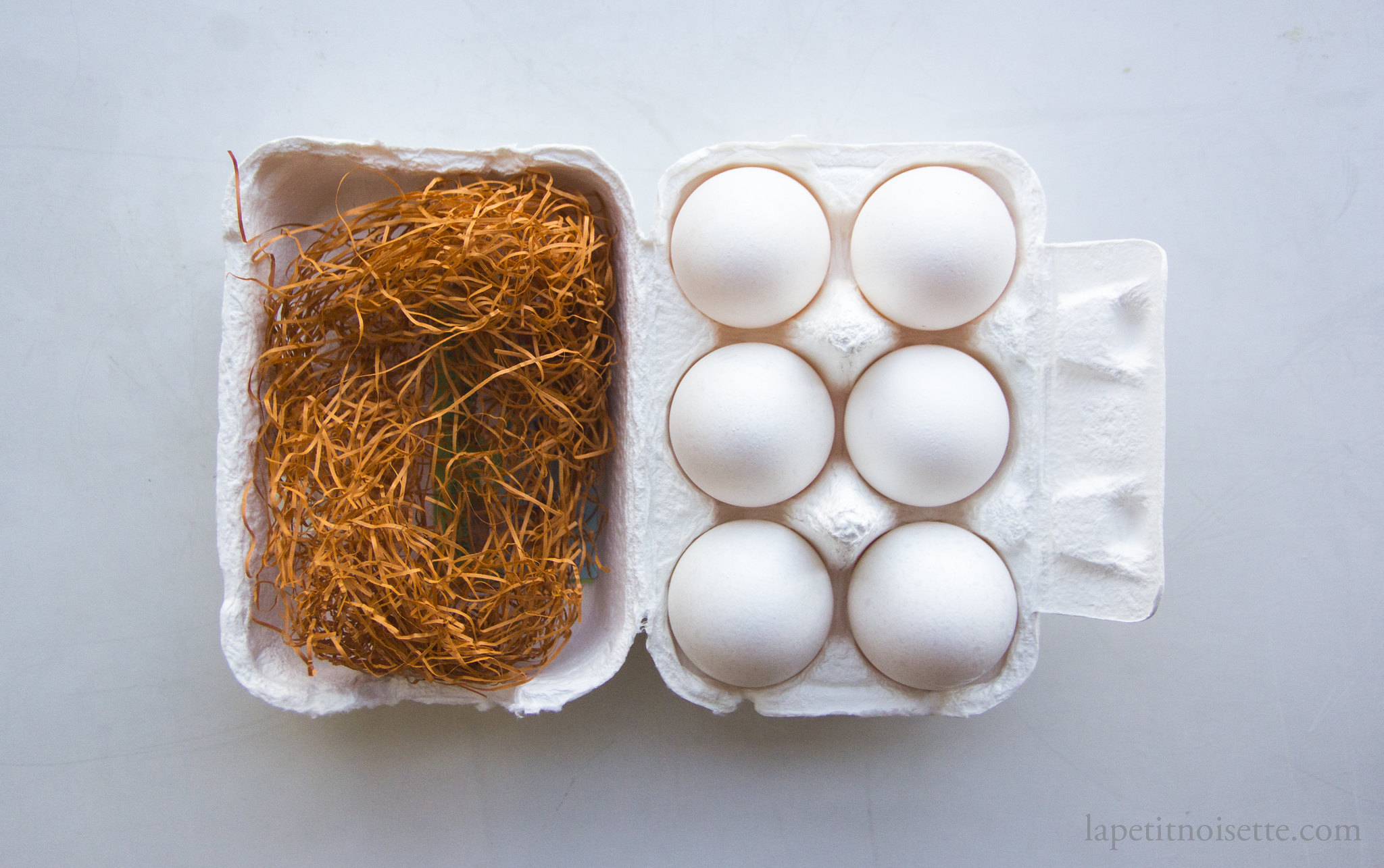
In Japan, the high hygiene standard of the egg farming industry means that all eggs sold in the super market are safe to eat raw and therefore people there have no qualms adding raw eggs into their noodle soups or rice. If you’re worried about eating raw eggs in your own country however, try and look for pasteurised eggs, or if you have a sou-vide machine, pasteurise them at 130°F (54.4°C) for two hours, which is long enough to pasteurised them without causing the proteins to denature and cook.
The goal of beating your eggs into the rice is to separate the rice clumps from each other, giving them a uniform texture. Especially when mixing with chopsticks, quite a vigorous whisk is needed to evenly spread around the seasoning. You’d also want to aim to incorporate as much air as possible into the mixture, just like beating a meringue, as to give the rice bowl a fluffy texture.
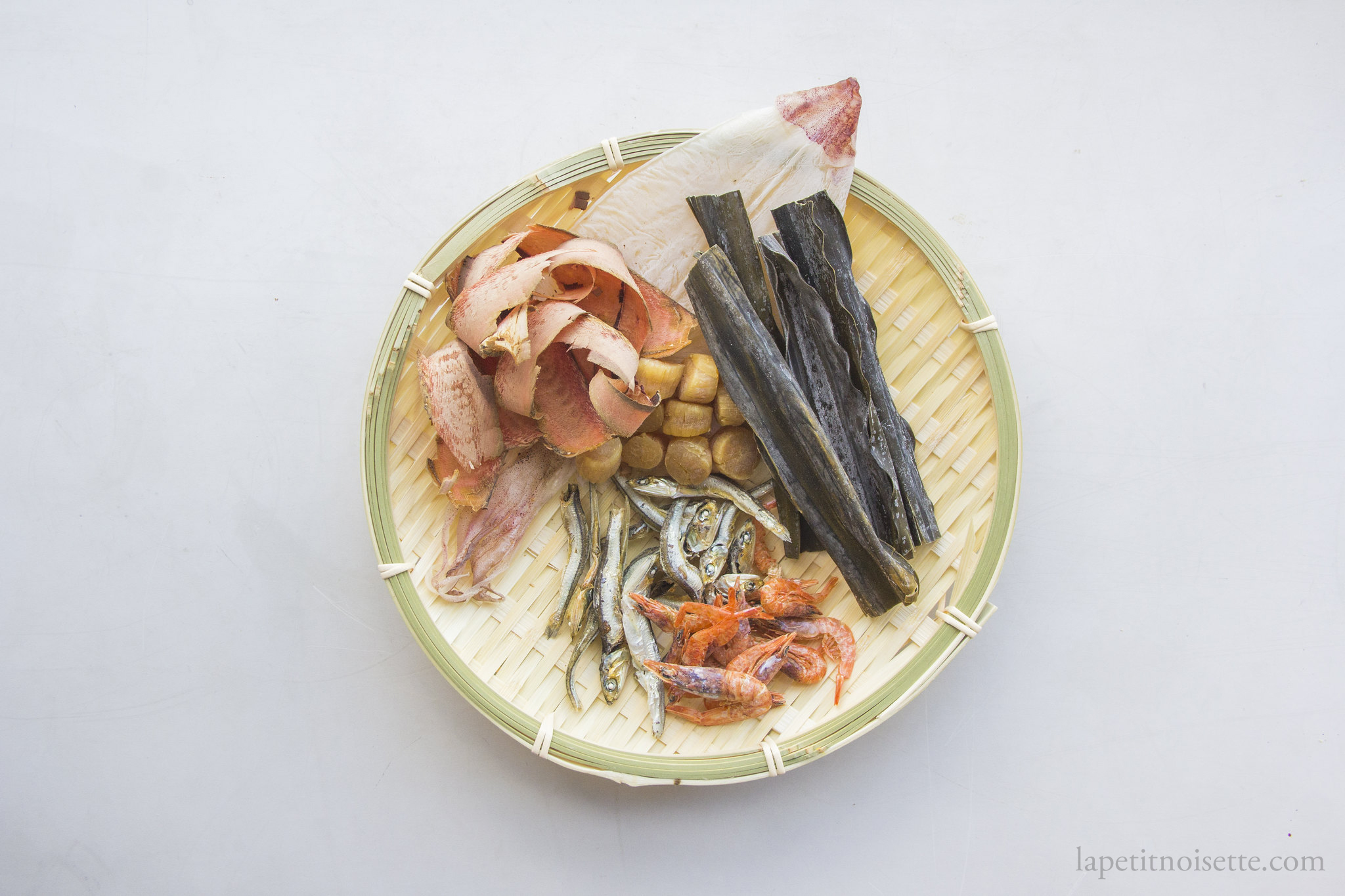
The restaurant was inconspicuous and hidden away down a side alley, and was a sort of standalone hut with metal roofing you’d see at a construction site used to make the walls of the restaurant. Inside, the seasoning used in his Tamago Kake Gohan was the same seasoning that he used as the tare in his Tonkotsu Ramen. He made the seasoning and stored it in a special container at the back of the store that resembled a large dragon egg. The secret behind his seasoning was the way he would macerate a mixture of dried seafood into high quality soy sauce as to extract the glutamic acids (natural MSG) into the seasoning, including dried abalone, Hokkaido scallops and kombu.
The recipe here is my attempt to recreate his special seasoning (albeit without dried abalone due to it’s astronomical prices).
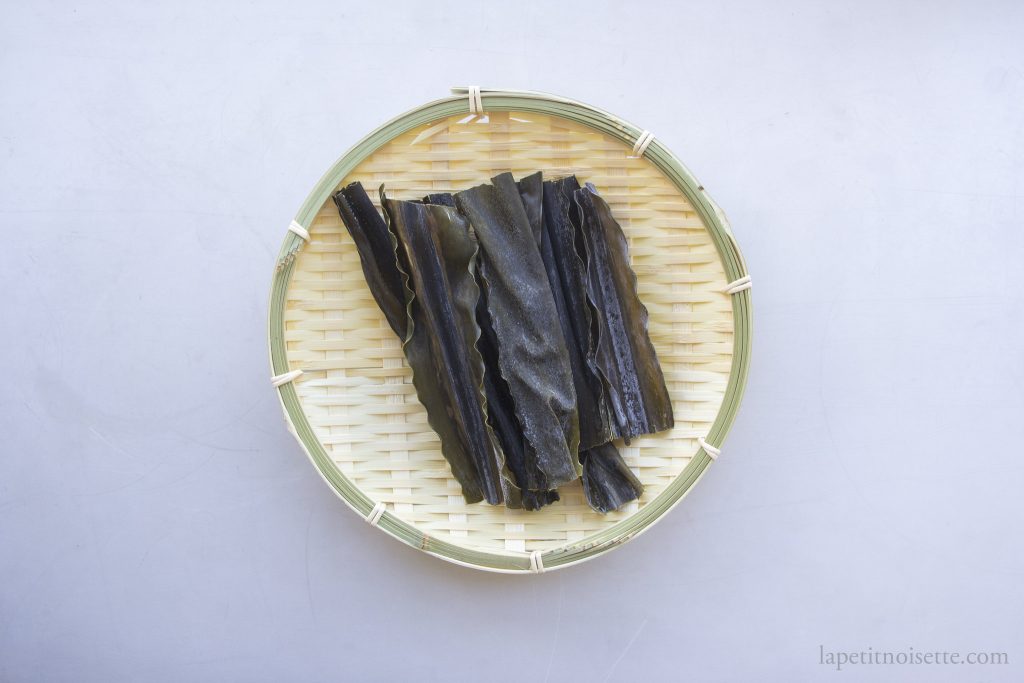
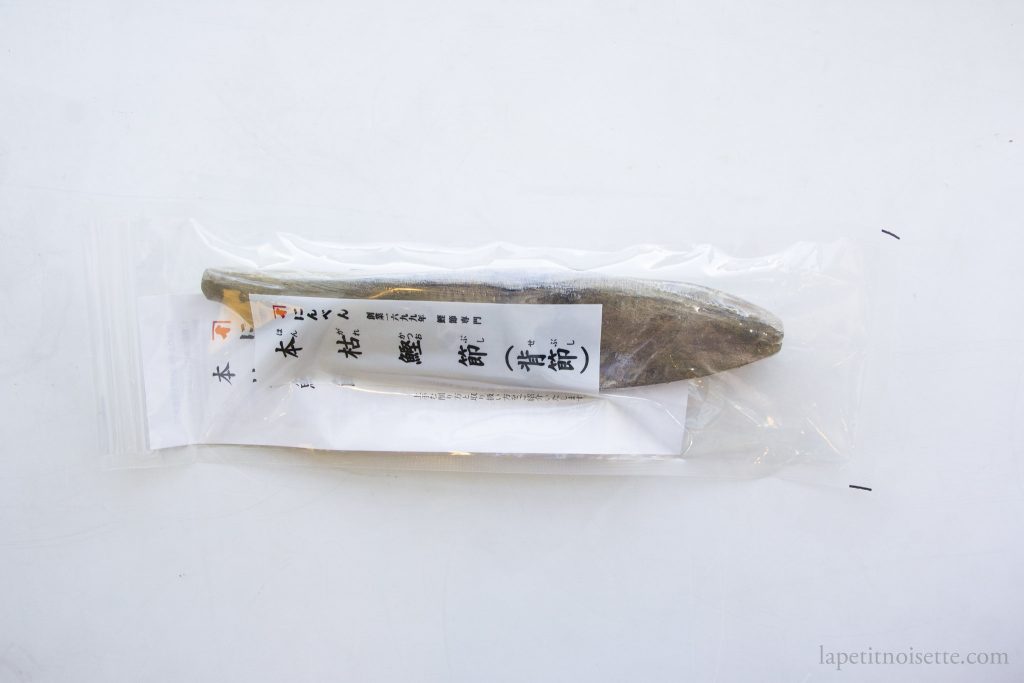
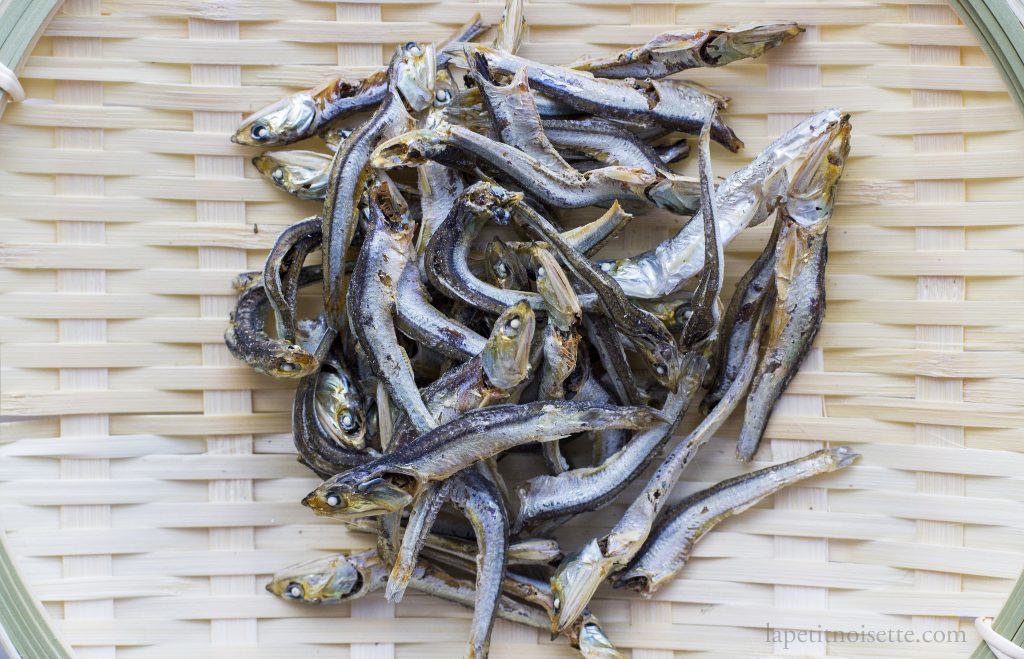
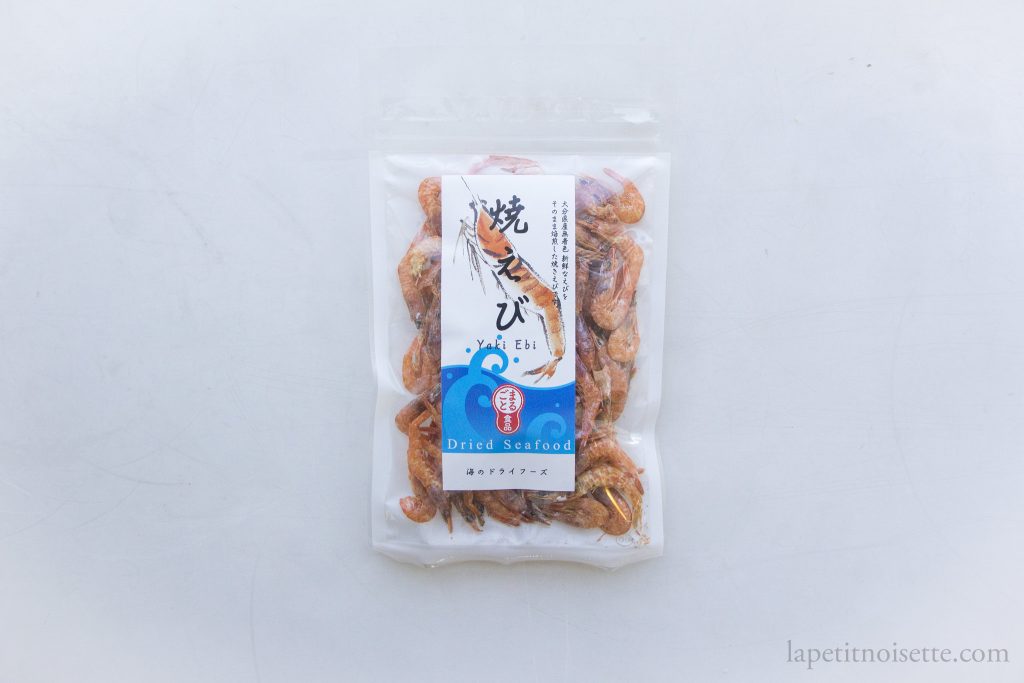
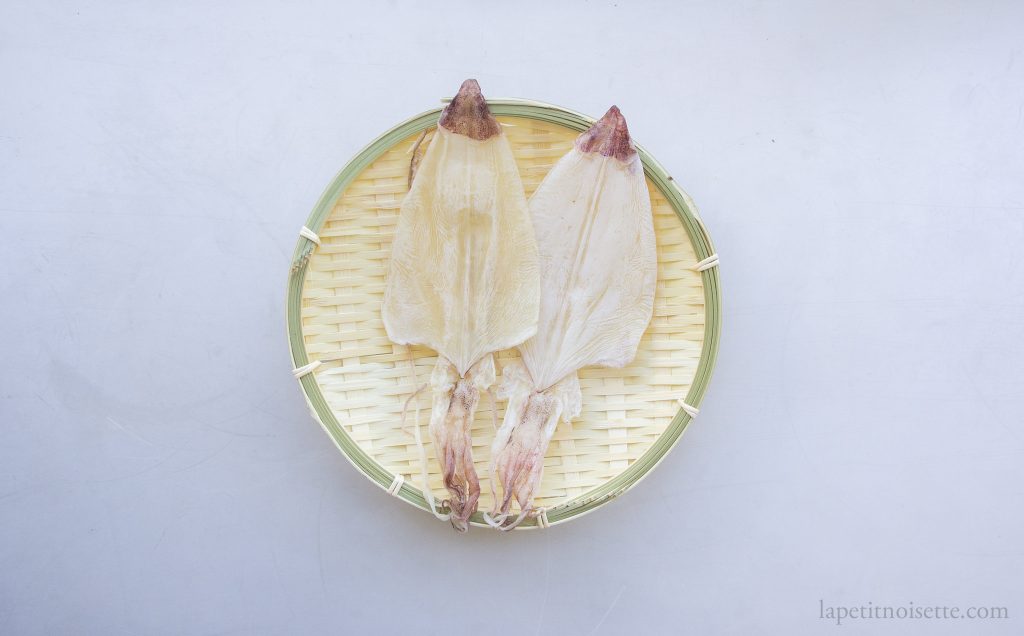
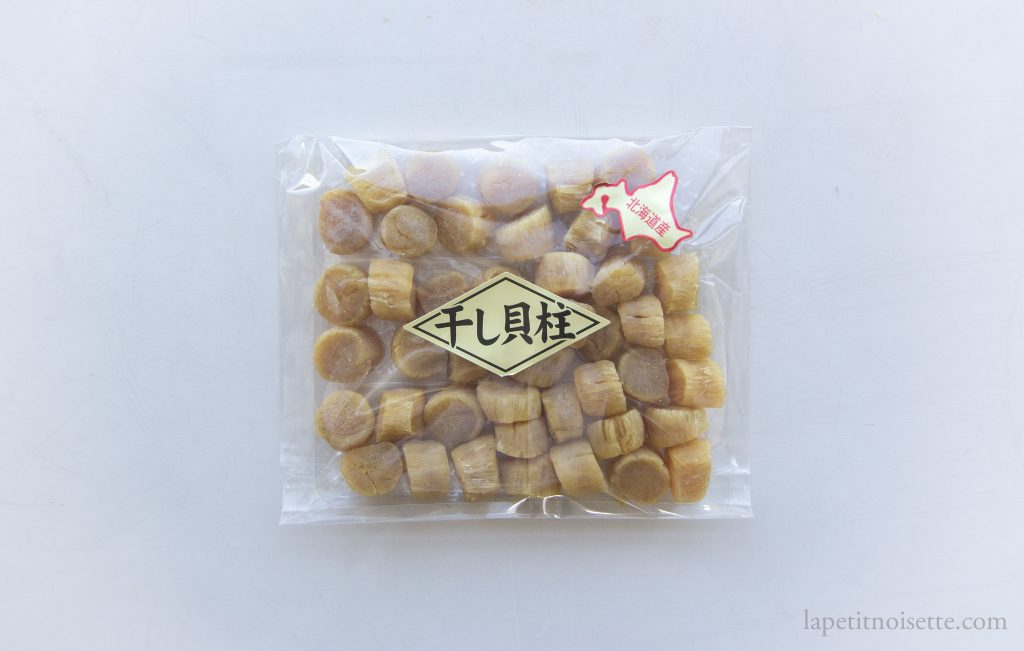
Egg Taste Testing:
When it comes to the selection of eggs to use in the recipe, Esme (who co-edits this blog and has her own little corner!) and I tried out as many eggs as we could find in two giant blind taste test ranging from the cheapest supermarket eggs all the way to the famous Nagoya Cochin (名古屋コーチン) Eggs (a total of 10 different egg brands). We sous-vided each egg at 145°F (63°C) for 45 minutes before tasting the yolks and whites separately and then together.
We evaluated both taste and texture for each one double blind with the help of our friend Kenji and the results were unanimous: other than the colour of the yolks, the best eggs were actually the cheapest eggs sourced at the supermarket. Upon closer inspection, quality was most strongly correlated with freshness and the location of the farm (the closer the farm to us, the better the quality the egg). As the cheapest eggs were usually produced and supplied to markets from farms nearby, they were usually the freshest and the highest quality. Conversely, high-end farms that produce speciality breed chicken eggs were usually out of town and there, comparatively, not as fresh when delivered to the markets. A lesson learn’t here: shop local!
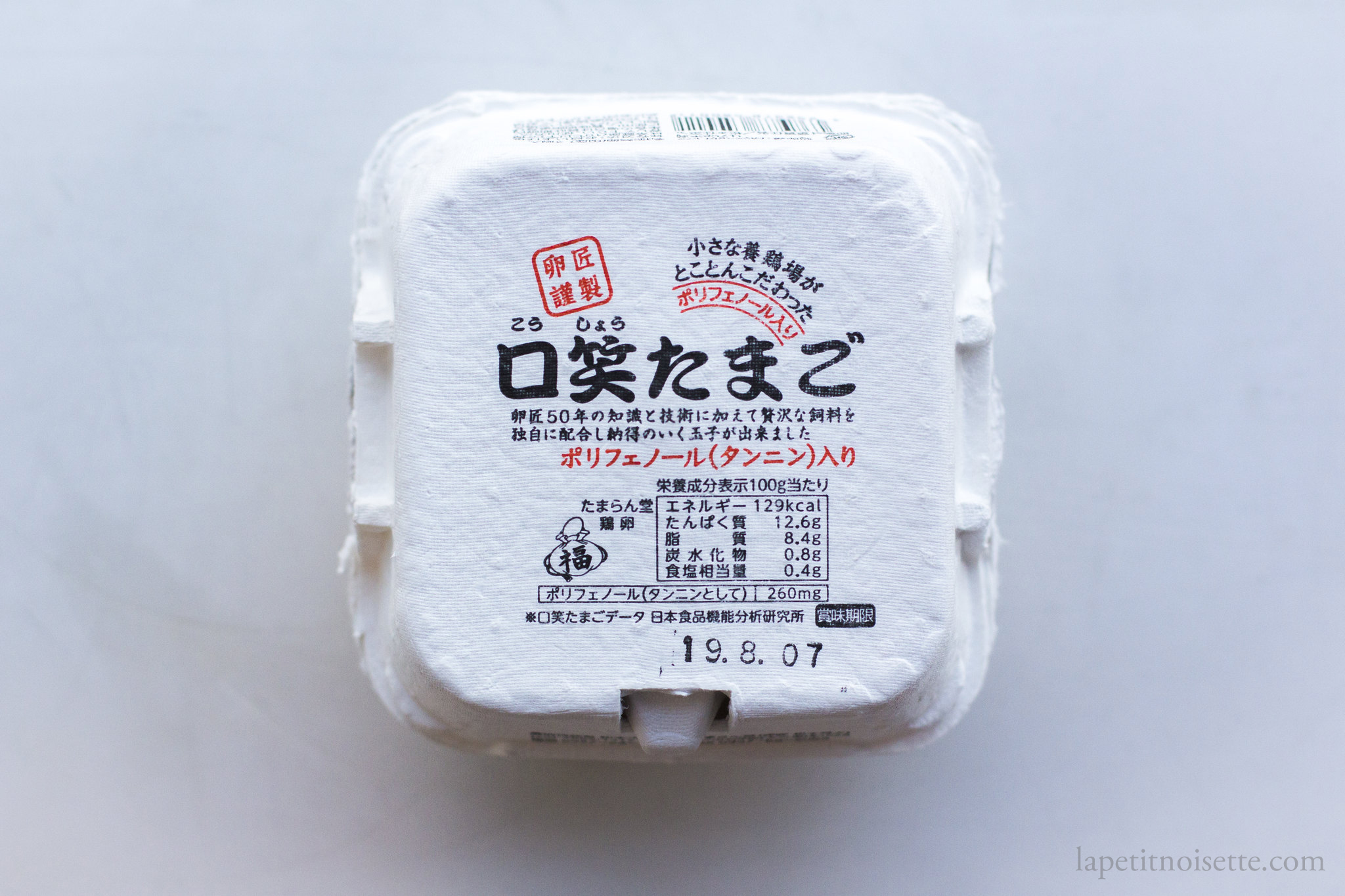
Raw Egg Over Rice (Tamago Kake Gohan/卵かけご飯) Tare:
- Soy Sauce
- Sea Salt
- Dried Hokkaido Scallops (干しホタテ)
- Dried Sardines (干しイワシ)
- Dried Shrimp (干しえび) or deep-fried Shrimp for dashi (焼き海老)
- Kombu
- Freshly shaved Katsuobushi
- Dried Squid (干しイカ)- you might want to omit this one as the taste can be quite strong! (I prefer it without)
The Katsuobushi flakes shaved in this recipe were thick shaved compared to the instructions in the shaving article, you can replicate this by hammering out the blade a bit more so that the shavings are thicker. This helps because we’ll be soaking the shavings in the soy sauce for longer.
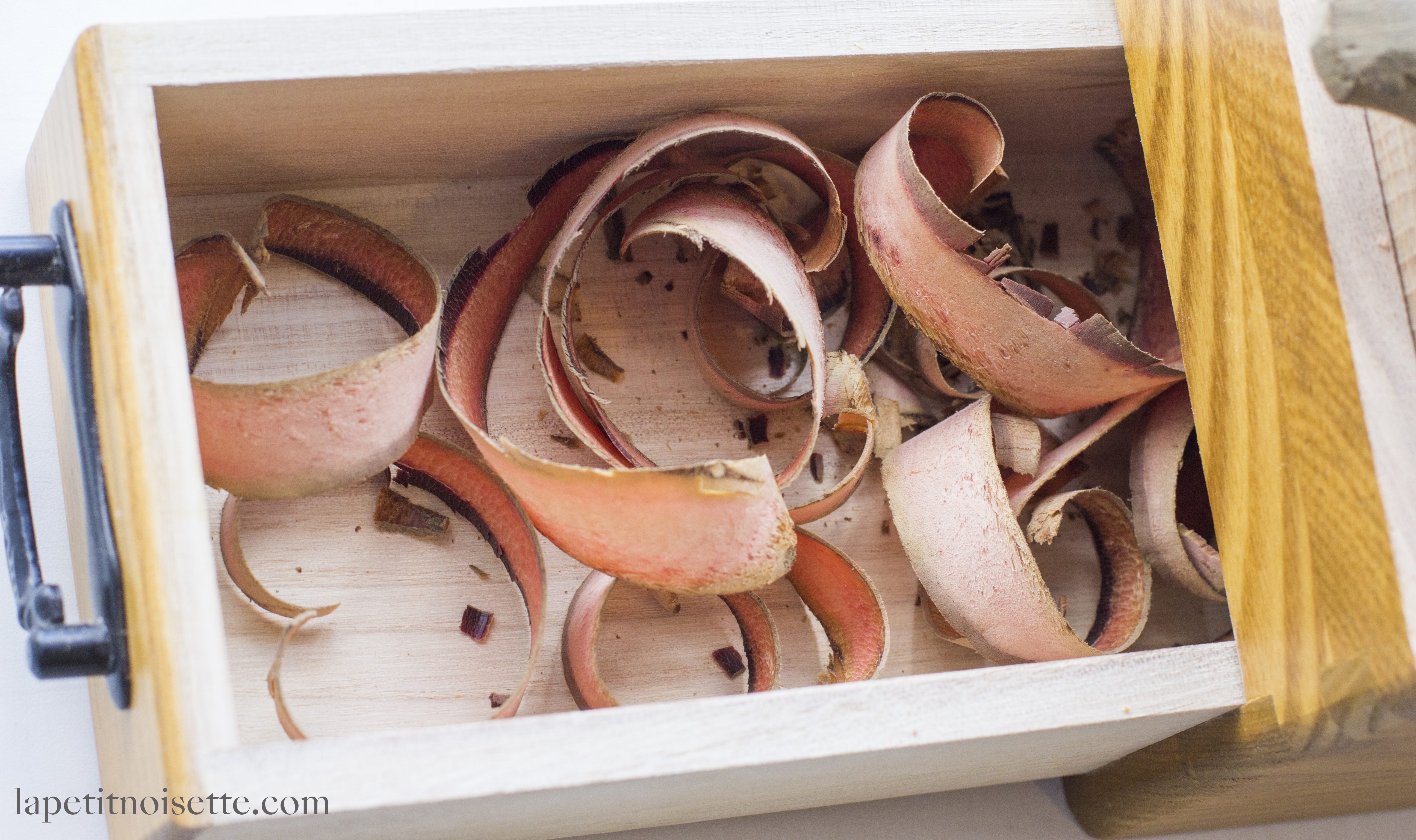
Add all the ingredients into a pan and bring up to a boil and immediately switch off the heat and leave to infuse overnight in the fridge. Do not allow the mixture to boil as it’ll cause all the bitter flavours from the kombu and dried seafood to be extracted. Strain out all the ingredients and discard (or make them into furikake). Store in the fridge. This tare can keep longer than normal soy sauce due its intensified salinity and glutamic acid content, maybe even more than six months.
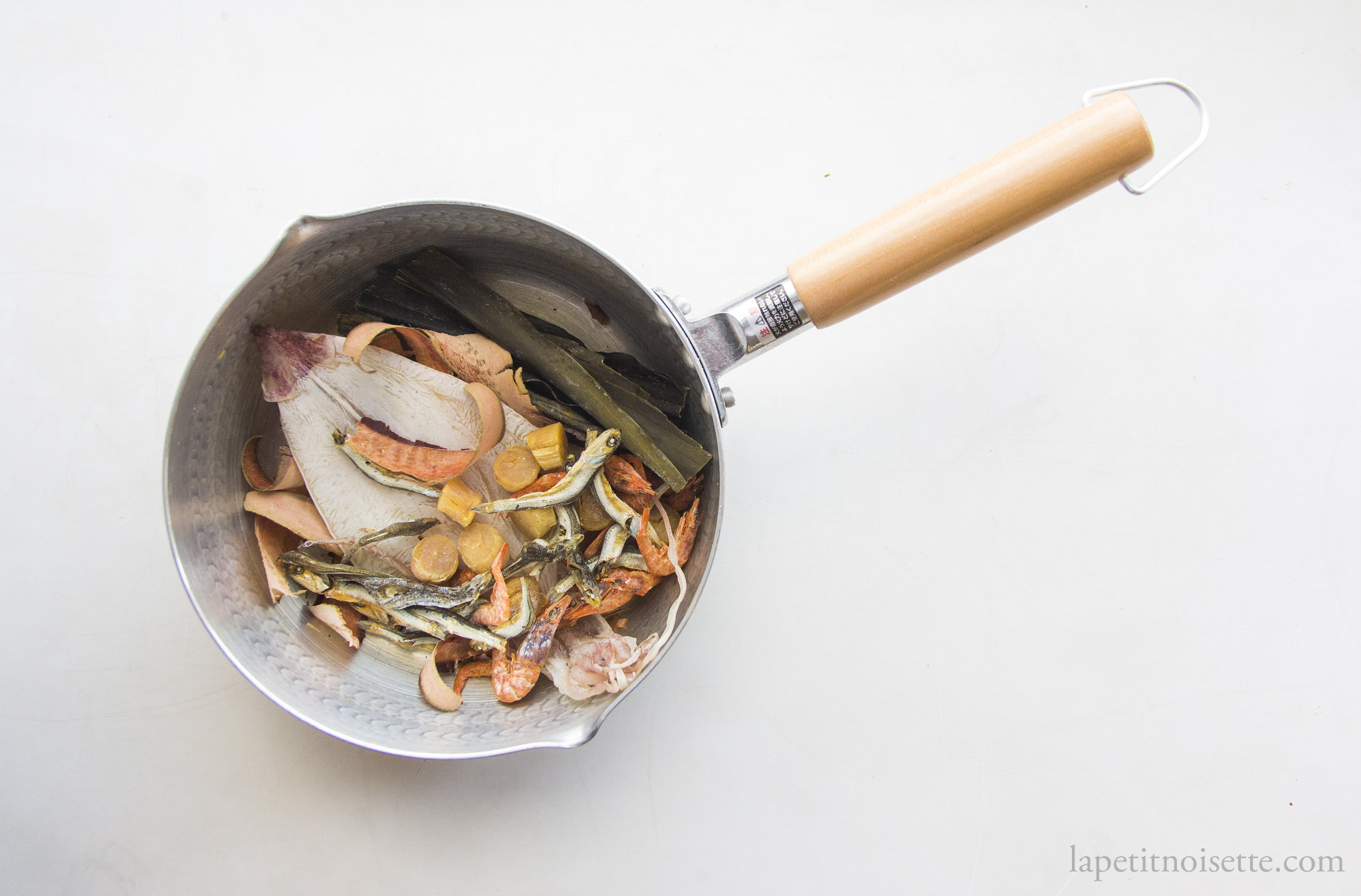
If using a sous vide machine, you can place all the ingredients in your vacuum pack/ziplock bag and heat at 80°C for 1.5 hours, before allowing to rest in the fridge overnight.
*Eggs in the UK can now be eaten raw as long as they are produced under the British Lion Code of Practice and have their stamp on the egg.
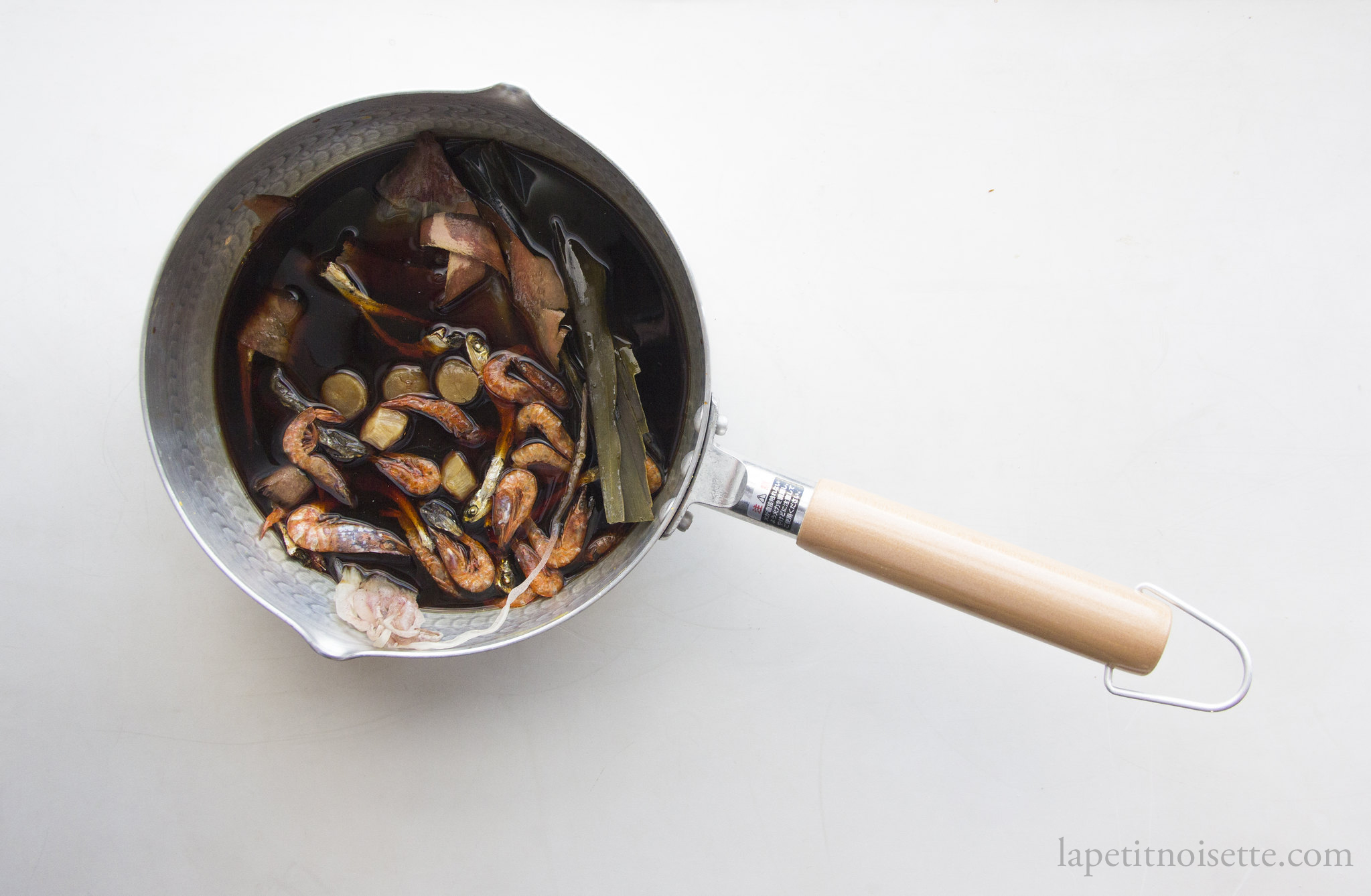
To serve, spoon a tablespoon of this over your a bowl of rice with 1 egg and whisk vigorously with your chopsticks until well mixed and frothy, coating each rice grain with egg and seasoning. Taste, and add more tare if not salty enough for your taste. Add furikake.
I typically add a dash of burnt green onion oil to my recipe.
I love your work. I’m from New Zealand and I came across your posts after a few years of searching for specific things related to high end Japanese food preparation to help piece my cooking hobby together.
Keep on writing, my man! I have never written a comment on a blog or video, but just wanted to let you know that you’re doing great and you keep inspiring lots of people around the world and we want you to keep doing what you’re doing!
Looking forward to your next posts.
Cheers
Thank you so much for reaching out! I really appreciate you commenting on my post, especially since you’re from New Zealand! Both New Zealand and Australia have quite strict regulations in terms of agriculture and food safety which makes it hard to source high quality imported Japanese ingredients. However, I do know that there are many people striving to make authentic Japanese food using local ingredients and whats available to them.
Cheers,
Phil 🙂
Found your blog and went through and through over a few hours. Love the attention to detail, the photography, and writing. Such a breeze of fresh air, given the state of other online recipe sites found through google these days. Thank you.